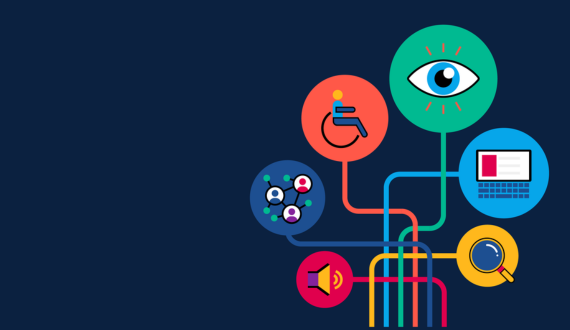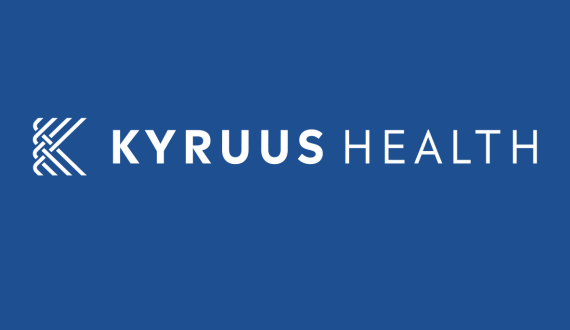How to incorporate accessibility into your DesignOps
Share

What are DesignOps?
According to Kate Kaplan, Insights Architect at Nielsen Norman Group, “DesignOps refers to the orchestration and optimization of people, processes, and craft in order to amplify design’s value and impact at scale.”
“At scale” is key. The goal is to ensure that your design team becomes a well oiled machine with low friction and high efficiency.
Where does accessibility fit in?
3 P’s of DesignOps
People
Think about your organization’s structure. It’s important to ensure that you’re structured for success. Does your design team have the skillset to create high quality, accessible designs? If not, it’s ok to outsource. Additionally, culture is critical. Your corporate culture and design principles should be aligned, so your designers are committed to accessibility.
Process
Make accessibility part of the design process, rather than something that comes after development. Review your tools and design systems to make sure they have the features and resources to create inclusive designs.
Projects
Start with prioritization. Create roadmaps to tackle the highest priorities first. By prioritizing your projects, you can make the biggest impact first while being efficient with your team. Start with high traffic pages and key use cases. Then, work on your building blocks. Building blocks are the things you use to build your experiences, like design systems, page templates and components.
Incorporate inclusive design and accessibility into your process
In order to make a big impact in accessibility, the responsibility needs to be distributed across each team, so everyone is responsible for the quality of their work and its accessibility. That way, accessibility is incorporated into everything you do instead of being a test or add on.
While accessibility shouldn’t be solely a test function, it is still important to evaluate your work to ensure it’s inclusive and accessible. An accessibility subject matter expert can consult and work with you to train your team about accessibility and provide guidance. Role-based accessibility training benefits everyone from corporate communications to web developers, with training based on scope of specific roles and tools, like your CMS. Training helps your team become self-sufficient and build the skills, knowledge and awareness needed to scale.
Incorporate accessibility into your current checklist for creating new websites or new sections. Items can be specific to each role, for instance color contrast may be noted for UX, while headings are noted for content creators.
Our team of experts wrote the Inclusive Design Guide to help creators of digital experiences learn about designing for every user, regardless of ability. We’ve broken it down into pillars with corresponding guidelines and to-dos, so it’s simple to follow and implement.
Learn how from Amica Mutual Insurance Company
By building accessibility in, Amica has been able to improve their accessibility by addressing legacy content and putting systems into place, so that new content is created to be inclusive and accessible.
Through an ongoing partnership, Perkins Access supports Amica’s efforts by reviewing building blocks, design patterns, component libraries and style guides, in order to give the Amica team the resources they need to scale their accessibility effort.
Support is seamless through Slack, where cross functional teams can come together to ask questions and share ideas. It’s a quick way for the Amica team to get real-time, expert advice from Perkins Access.
UX & Research Service Owner, Michael J. Beauchamp explains, “At Amica, DesignOps and accessibility go hand in hand, because we value everyone’s user experience. With Perkins Access, we’re creating an accessible experience for all of our users and helping our team and larger organization understand why accessibility matters. That’s how we’re able to make a sustainable and meaningful impact on our digital accessibility.”
By making a commitment to accessibility and building accessibility into their process, Amica is taking an efficient and effective approach to improving their accessibility, so everyone, regardless of age, ability or means of access, can interact with the digital content.
If you’re ready to get started or want to know more about how you can improve your organization’s accessibility, contact us.




